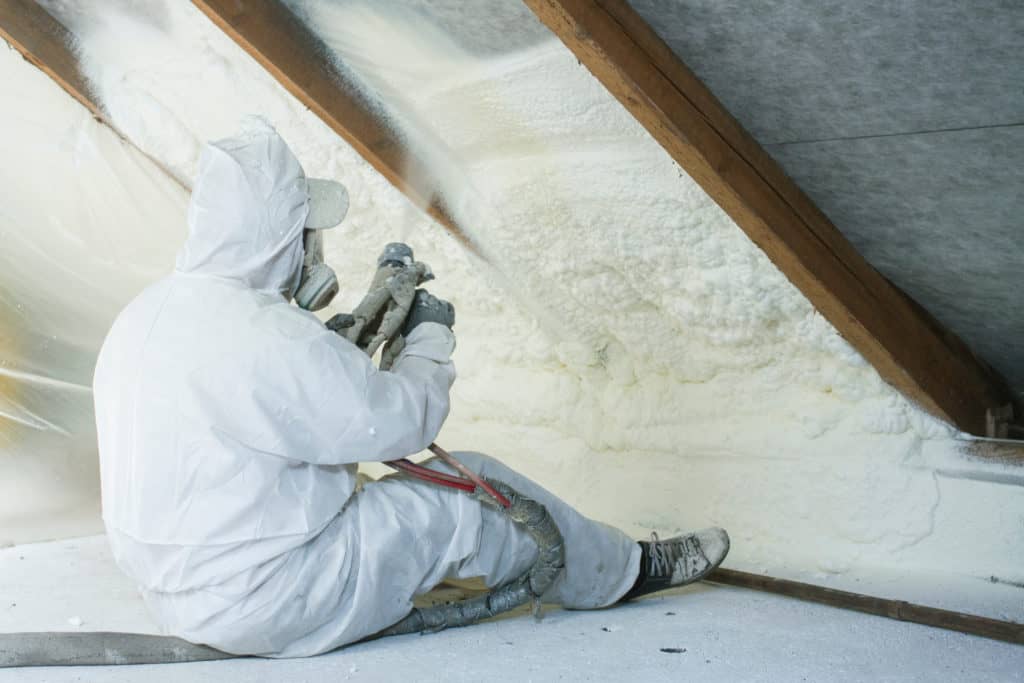Spray foam tanks are widely used for building insulations by sealing any cracks or gaps within. These are readily available in the market and are meant to make your home more energy-efficient and soundproof from outdoor noise. Spray foam is a form of spray-applied plastic produced from chemical reactions. A professional spray foam insulation contractor can efficiently use the technique for the proper insulation of your house. Here we discuss essential tips for operating a spray tank.
Maintain Tank Temperature
Temperature is critical for producing superior quality foam in terms of its density and other physical properties. Optimum tank temperature could ensure maximum yield of foam for your purpose. You should maintain this optimum temperature for the chemicals inside the tank between 75 to 80 degrees Fahrenheit for best results. Anything less or more could push down foam yields substantially. You may require prior warming of the tank during winters to get to this range of temperature. External air heaters might do the job of warming up the internal chemicals for you.
Controlling the High Pressure
Foam spray tanks come in pre-pressurized forms, which keep the chemicals inside in their liquid forms. This tank pressure decreases gradually with the decrease in the volume of chemicals inside. The amount of pressure you apply on the release trigger defines the force for the dispensed chemicals. Controlling the trigger pressure gives you control over the foam spray as per your application needs.
Shake the Tank Well
After you ensure the optimum temperature for the tank chemicals, you should shake the tank vigorously before spray operations. Such forceful agitations lead to proper mixing of the propellant before the spraying. Shaking the foam spray canisters with your hands for a couple of minutes should be sufficient for this purpose. Proper mixing of the propellant gives you uniform pressure release until the tank goes empty. Some spray tanks could need more shaking time than others, depending upon the chemicals inside and their properties.
Check on the Nozzle Tip
Foam spray tanks would have a nozzle tip attached to the end of the application gun. The primary purpose of this nozzle tip is to act as a mixing chamber for both types of chemicals to produce foam. This nozzle would have a ribbed internal structure. This would support mixing the chemicals in an internal whirlpool effect when they are released under pressure from the tank. A rest time of 30 seconds or more between foam spray sessions is perfect for changing the nozzle tip.
The hardening time for released foam could be around 30 to 45 seconds typically. As such, the mixture inside the nozzle tip may also harden and block the passage for further chemical flow if interrupted for rest. A continuous flow of the chemical mix would not allow the mixture within the nozzle to solidify. But you might still need a new nozzle tip after consistent application of about 8 minutes to avoid any chemical leakage that might disintegrate the tank assembly. For further information on spray foam insulations, you should visit https://fdinsulation.com/attic-insulation/spray-foam/
First Defense Insulation
11715 Anderson Road Willis Texas 77318
713-808-9853
Social accounts
https://www.facebook.com/FirstDefenseInsulation
https://www.instagram.com/firstdefenseinsulation/
